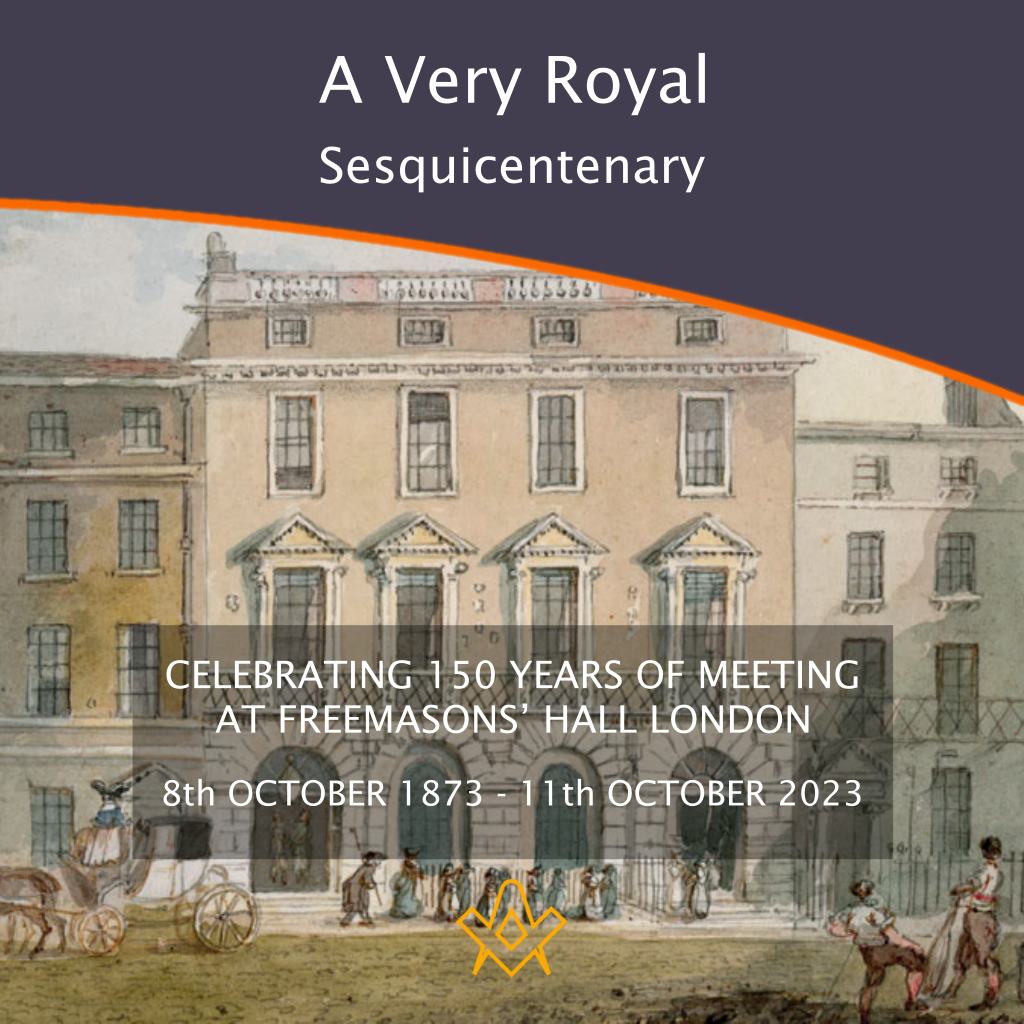CELEBRATING 150 YEARS OF MEETING AT FREEMASONS’ HALL LONDON
8th OCTOBER 1873 – 11th OCTOBER 2023
So it was resolved on 8th October 1873 “That the future meetings of the Lodge be held at Freemasons’ Hall. Carried unanimously.”
As the Freemasons’ Tavern, where the Lodge usually banqueted, was under re-construction, a Dispensation from Grand Lodge was obtained authorising the Lodge to meet at the “Criterion” in Piccadilly Circus, “till we could meet again at Freemasons’ Hall.”
Returning home in 1911 on 8th March at the Installation Meeting: “The Grand Temple was used on this occasion on account of the large number of visitors.”
The Regular Meeting of Royal Kent Lodge will be held on 11th October 2023 and will ‘Celebrate’ this momentous 150 year milestone of the Lodge’s meeting place. At the Festive Board held within Freemasons’ Hall, quaffing of Port and jollity will no doubt be witnessed.
Places of meeting harks back to the Lodge’s foundation in 1752 with the roaming of twenty five hostelries for meetings and dining, but in 1873 it settled at Freemasons’ Hall where it remains to this day albeit in more recent times with dining at nearby hotels and The Connaught Rooms. However, adding to the historical ambience, again Festive Boards are possible on-site.
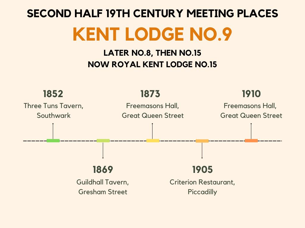
With the decline of the weaving industry in Spitalfields the Lodge had retained its location without its original purpose.
By this time, although the place of meeting had been moved to Gresham Street in 1869 and finally to Freemasons’ Hall in 1873, it continued to draw its members (or many of its members) from the Houndsditch, Whitechapel and Aldgate area, whose inhabitants at that date bore little resemblance to their working-class predecessors of an earlier day.
Although new members increased the finances but they also increased the acrimony and when, as happened in 1876 and 1877, resort was made to the use of the blackball, something was clearly wrong.
For a Lodge renowned for its hospitality, it is sad to note 16 Brethren and two visitors attended its Installation Banquet in 1876 with only 13 Brethren & 9 visitors in 1880.
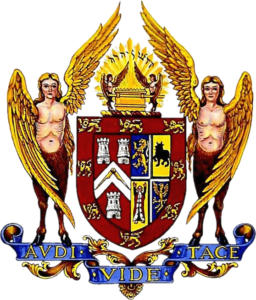
The fact that in February 1876 a member brought forward a motion “that a table be provided for the Jewish Brethren with the food cooked in accordance with their custom” has little to do with the case. The Lodge was divided and a house divided against itself cannot stand.
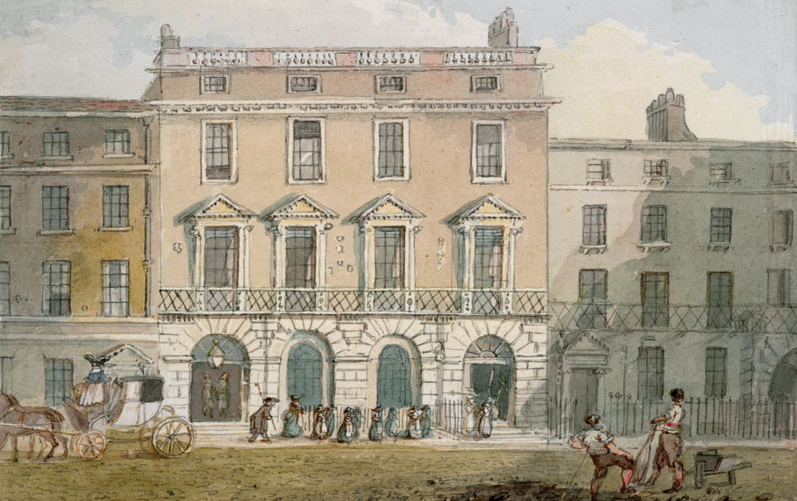
Watercolour of The Freemasons’ Tavern by John Nixon, circa 1800.
IMAGE LINKED: wikimedia Attribution 4.0 International (CC BY 4.0)
The years from 1900 until the 1914-18 War were ones of steady progress and few incidents. In 1906 the Lodge changed its Place of Meeting by Dispensation to the (*) Criterion Restaurant, Piccadilly, while the Freemasons’ Tavern was being converted into what is now the Connaught Rooms.
It may here be mentioned that whilst the Lodge Meetings had been held at Freemasons’ Hall since 1873, the Holborn Restaurant had been used as a Dining Place until 1896 when the venue was changed to the Freemasons’ Tavern.
On the completion of the Connaught Rooms in 1910, the Lodge returned to Freemasons’ Hall. On 9th March 1911 the Grand Temple was used for the Installation Meeting owing to the large number of Brethren present, 57 members and 147 visitors.
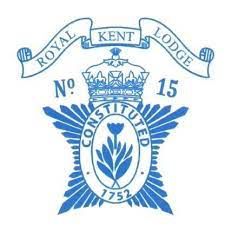
Remaining at the ‘centre’ of Masonry throughout the formative years of the 1800’s, it is perhaps not surprising that, for services rendered to the Craft, HRH Prince Edward, The Duke of Kent, was most graciously pleased in 1816 to allow Bro. Herron’s Lodge to be called the Royal Kent Lodge.
This was ratified by the Lodge at their meeting held on 18th of March 1816 when the proposed motion that the Lodge be called the Royal Kent Lodge was carried unanimously.
The original hand-written Secretary’s copy of the minute entry of that meeting, contemporaneous to the first printed history was additional evidence.
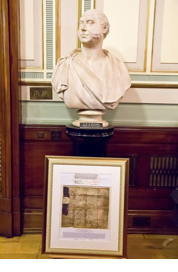
But until the early millennium, justification for the Lodge to be called ‘Royal Kent Lodge’ had been based largely on anecdotal evidence.
This had come from early issues of the Lodge history which refer to the name of the Lodge as ‘Royal Kent Lodge’, particularly those dated 1903, 1914 and 1952, all of which are in the Library at Freemasons’ Hall.
However, diligent search revealed practical evidence in support of that anecdotal evidence. In particular the then Lodge Secretary, discovered in the FMH Library, copies of submitted Lodge Annual Returns for the years 1816, 1817, 1818 and 1819, 1820 all of which were headed with the title ‘Royal Kent Lodge’.
Thereafter the totality of evidence was sufficient to enable Lodge No.15 to petition to re-adopt its original name of ‘Royal Kent Lodge’. The approval of the Grand Master following the recommendation of the Grand Master’s Advisory Committee meeting in September 2016 was successful.
Hence a ‘feast’ was held to receive the Enfaced Warrant from the Assistant Grand Master in the gaze of the Lodge’s original Royal benefactor and of course historically in keeping at London’s Freemasons’ Hall, once referred to as ‘The Hall in the Garden’.
The Lodge continues to thrive with average of 50 members and welcomes visitors on many occasions pursuing its ‘international’ and ‘inclusive’ nature. The maxim ‘You can’t know your future if you don’t know your past’; is gastronomically a perfect fit !
Article by: Paul Gardner

Paul was Initiated into the Vale of Beck Lodge No 6283 (UGLE) in the Province of West Kent, England serving virtually continuously in Office and occupying the WM Chair on three occasions.
Paul joined Stability Lodge No 217 in 1997 (UGLE) and now resides with Kent Lodge No 15, (UGLE) the oldest Atholl Lodge with continuous working since 1752, where he was Secretary and now Assistant Secretary and archivist, having been WM in 2002.
In Holy Royal Arch he is active in No 15 Chapter and Treasurer of No 1601, which was the first UGLE Universities Scheme Chapter in 2015.
He was Secretary of the Association of Atholl Lodges which maintains the heritage of the remaining 124 lodges holding ‘Antients’ Warrants and has written a book on Laurence Dermott. - https://antients.org
Recent Articles: by Paul Gardner
 Exchanged the Sceptre for the Trowel Explore the intriguing history of Royals and Freemasonry following the new Monarch's Coronation. From Prince Albert's initiation to the influence of George II and beyond, discover why royalty has long exchanged the sceptre for the trowel, shaping society and maintaining power through this ancient craft. |
 Unearth the mystic origins of Freemasonry in 'That He May Be Crafted.' Paul Gardner explores the symbolic use of working tools from the earliest days of this secret society, revealing a time when only two degrees existed. Delve into this fascinating study of historical rituals and their modern relevance. |
 Paul Gardner looks to a time when politics and Masonry were not precluded, but shush! This was London Masons and the Spitalfields Act of 1773-1865. |
 That rank is but the guinea’s stamp, the man himself’s the gold. But what does this mean, even given the lyric and tone of Burns’ time? It is oft times used in a derogatory sense, (somewhat in good humour) between Masons (or not) on the achieving of honours. But its antecedents are much more complex than that. |
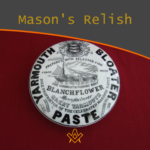 John and Timothy Coleman Blanchflower were initiated in Walpole Lodge, No. 1500, Norwich England on 2 December 1875; noted as a purveyor of ‘sauce’ to masons! |
 Jacob’s Ladder occupies a conspicuous place among the symbols of Freemasonry being on the First Degree Tracing Board, the most conspicuous and first seen by the candidate on his initiation – a vision of beauty and intrigue for the newly admitted. |
 During a detective hunt for the owner of a Masonic jewel, Paul Gardner discovered the extraordinary life of a true eccentric: Dr William Price, a Son of Wales, and a pioneer of cremation in Great Britain. Article by Paul Gardner |
 Paul Gardner tells the story of his transition from one rule book to another – from the Book of Constitutions to the Rule Book for Snooker! |
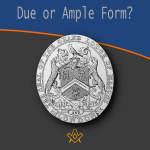 Due or Ample Form? What is ‘Ample’ form, when in lodges the term ‘Due’ form is used? |
 The Butcher, the Baker, the Candlestick Maker Paul Gardner explores the Masonic link between provincial towns’ craftsmen, shop keepers and traders in times past. Many remain in the modern era and are still to be found on the high street. |
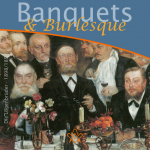 Masonic dining and banquets, at least for the annual Investitures, were lavish, and Kent Lodge No. 15, the oldest Atholl lodge with continuous working from 1752, was no exception. |
 The ‘cable-tow’ or ‘noose’ is used in Craft Masonry as part of the ritual, as are ropes and ties in other degrees - but what does it symbolise? |
 Paul Gardner reflects on those days of yore and the “gentleman footballer” in Masonry |
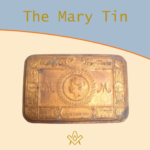 What is the Masonic connection with the 1914 Christmas Mary Tin |
 That Takes the Biscuit - The Patriot Garibaldi Giuseppe Garibaldi Italian general and politician Freemason and the Grand Master of the Grand Orient of Italy. |
 W.Bro. Paul Gardner looks at a mid 19th century artefact and ponders ‘Chairing’ |
Recent Articles: masonic lodges series
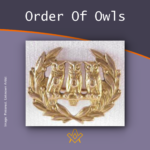 Who were The Order of Owls? - they utilised covert rituals, signals, grips, and passwords and had an organised membership structure with four degrees. Initiates had to recite a lengthy commitment in order to join. The ceremony of the Order was said to be "elegant" and free of any religious observances or offensive material. In an Owls circular from the beginning of the 1920s, this was mentioned. |
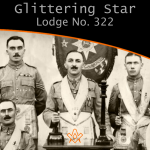 Glittering Star Lodge No. 322 - Freemasonry's Foot Soldiers Discover the glittering history of a travelling military lodge and how their recent historic gathering of Irish and English Freemasonry ended up in the Tower of London! |
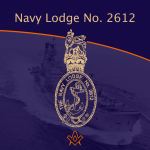 A short, but fascinating history of Navy Lodge No, 2612 - a lodge fit for princes and kings - 'past membership has included four monarchs…. |
 During these uncertain times, it makes sense to diversify and adapt - Internet Lodge No 9659 has been doing just that for some time. |
 An introduction to the Premier Lodge of Masonic Research |
masonic knowledge
to be a better citizen of the world
share the square with two brothers

click image to open email app on mobile device
